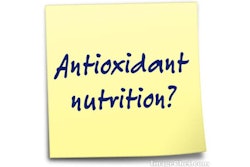
I have been tasked to create a universal vitamin and trace mineral premix, suitable for all broiler genetics. Some broiler producers do use all three genetics, whereas smaller feed manufactures benefit from having a universal premix. But, what is so difficult in creating a universal premix?
First, let’s have a look at the vitamin dietary specifications provided by three major genetic suppliers. For vitamin A, the range is from 7,000 up to 12,000 IU/kg, a difference of over 70 percent. For choline, one out of three genetic houses do not provide a specification, and the same is true for another genetic company — but this time for pantothenic acid.
Second, let’s examine the trace mineral dietary specifications. Iron specifications range from 20 up to 80 mg/kg, or a difference of 400 percent. Similar discrepancies exist in most trace mineral specifications. Yet, there is agreement on selenium; all recommend adding 0.3 mg/kg, but this is the top legal limit.
I recall a question from a producer many years ago. That person was intrigued by these differences and wanted to know why some broilers require more or less of these nutrients when their genetic potential was virtually (about) the same.
The truth is, these dietary specifications are not based on any extensive research. Nutritionists, like myself, sit one day at their desks, pull out the NRC-1994 Nutrient Requirements of Poultry and add different safety margins. Some consult nutrition books that offer another perspective, and some others even discuss this with vitamin (but not trace mineral) suppliers. End result: huge discrepancies among the genetic houses when it comes to vitamin and trace mineral dietary specifications. This is not the same, however, when it comes to amino acids. You will not find a broiler strain requiring 400 percent more methionine than another. So, why do they need so much more iron?

















